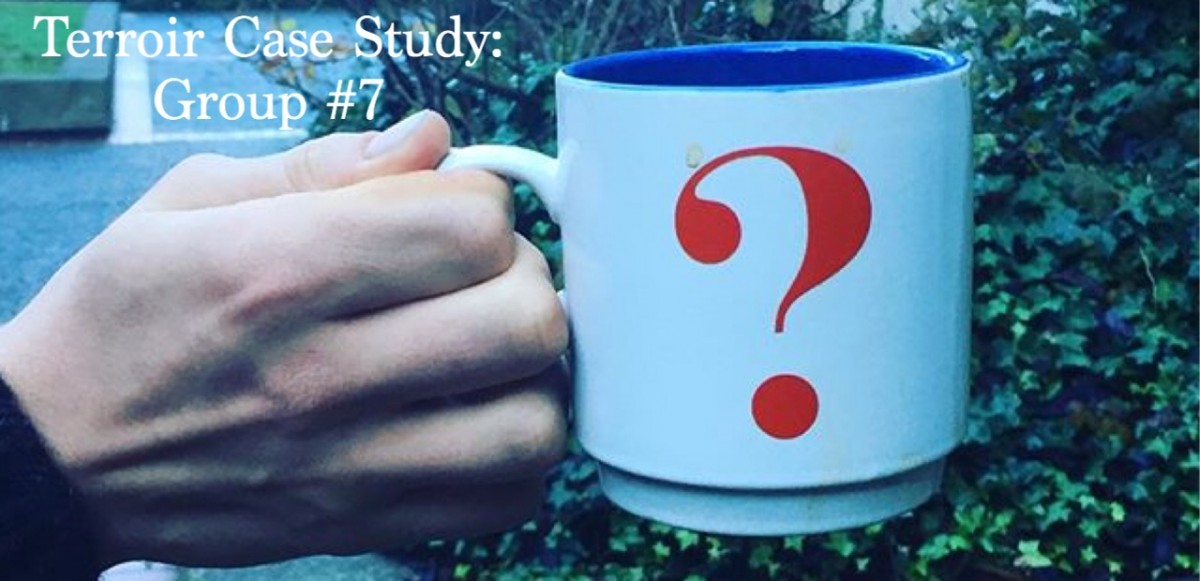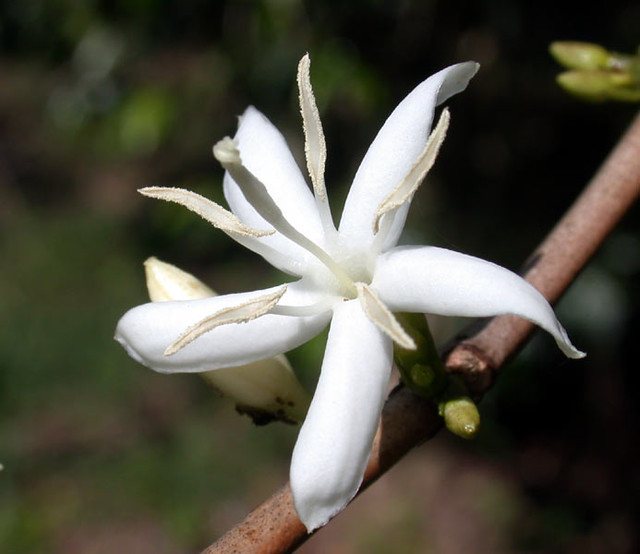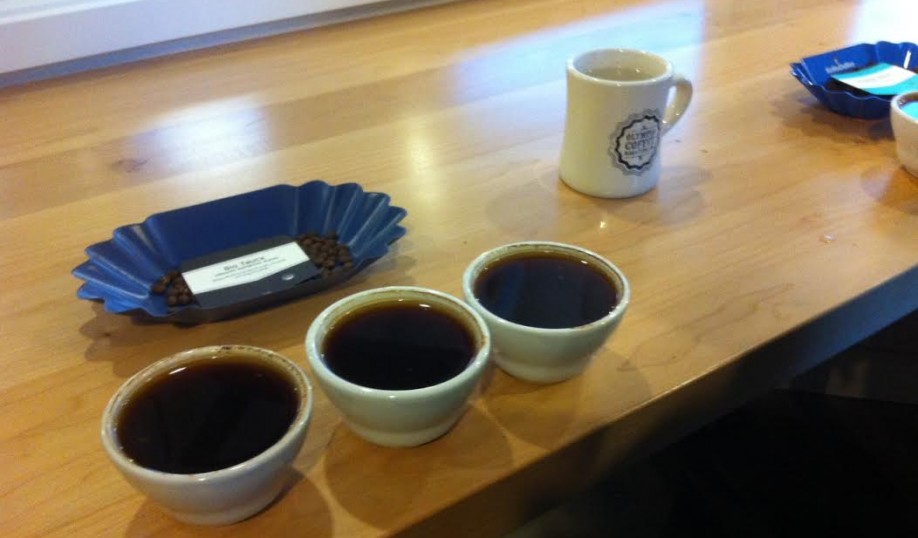Native in the tropics and subtropics, the coffee plant can have 30,000 to 40,000 flowers blossoming in a year. After the first shower of the rainy season, right after dry season, the coffee plants start flowering. The beautiful flowers with 5 to 6 white petals last only a few hours and wilt as soon as fertilization has taken place. After three to four days, the flowers drop off on the ground, enabling new green beans to emerge from the same bud on the branch of the coffee shrub. To note the only two types of coffee plants cultivated, Coffea Arabica coffee plant is self-pollinating, whereas the Robusta coffee plant depends on cross pollination. However, David W. Roubik of the Smithsonian Tropical Research Institute in Balboa, Panama, reports “coffee-bean yields skyrocket when the shrubs’ flowers are visited by pollinating insects.”
That means the coffee flowers have to be seen by pollinators in a few hours to be able to have a fruitful life then. Keep in mind Insets cannot see or identify the color of white with their eyes, so how do the coffee plants survive? How do their flowers attract their pollinators? Through evolution, the coffee flowers develop sweetly fragrance, similar to the scent of jasmine, open at night/early in the morning, so their pollinators easily find them by following their beautiful smell and get pollination work done. Coffee plants survived finally, and I shall respect them simply for all of hard work they have to do…
http://justaboutcoffee.com/index.php?file=coffeetree
https://www.sciencenews.org/blog/food-thought/buzz-over-coffee
http://www.s-caffe.com/en/home/coffee-culture/coffee-encyclopaedia/the-coffee-flower.html



